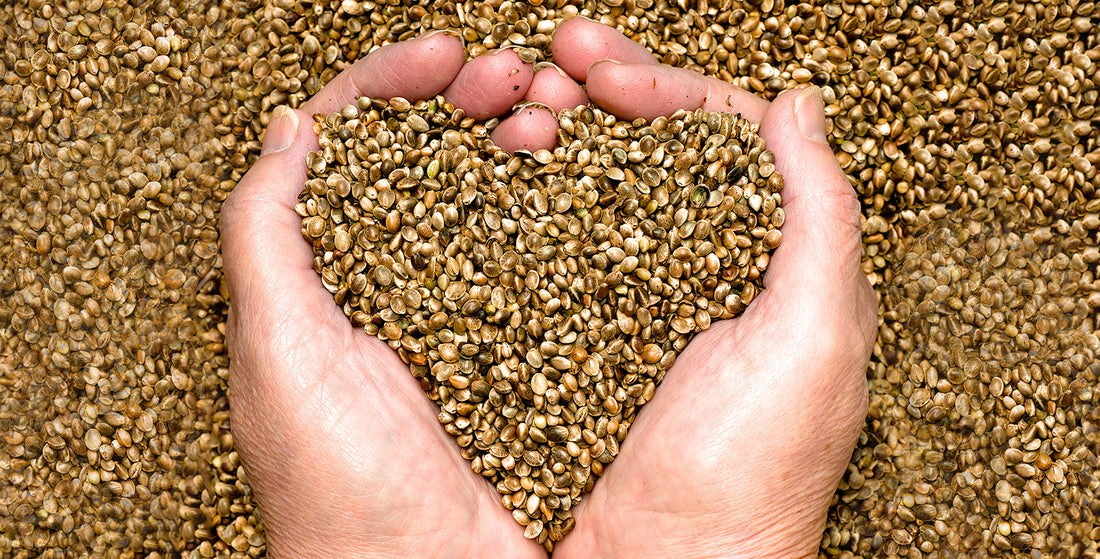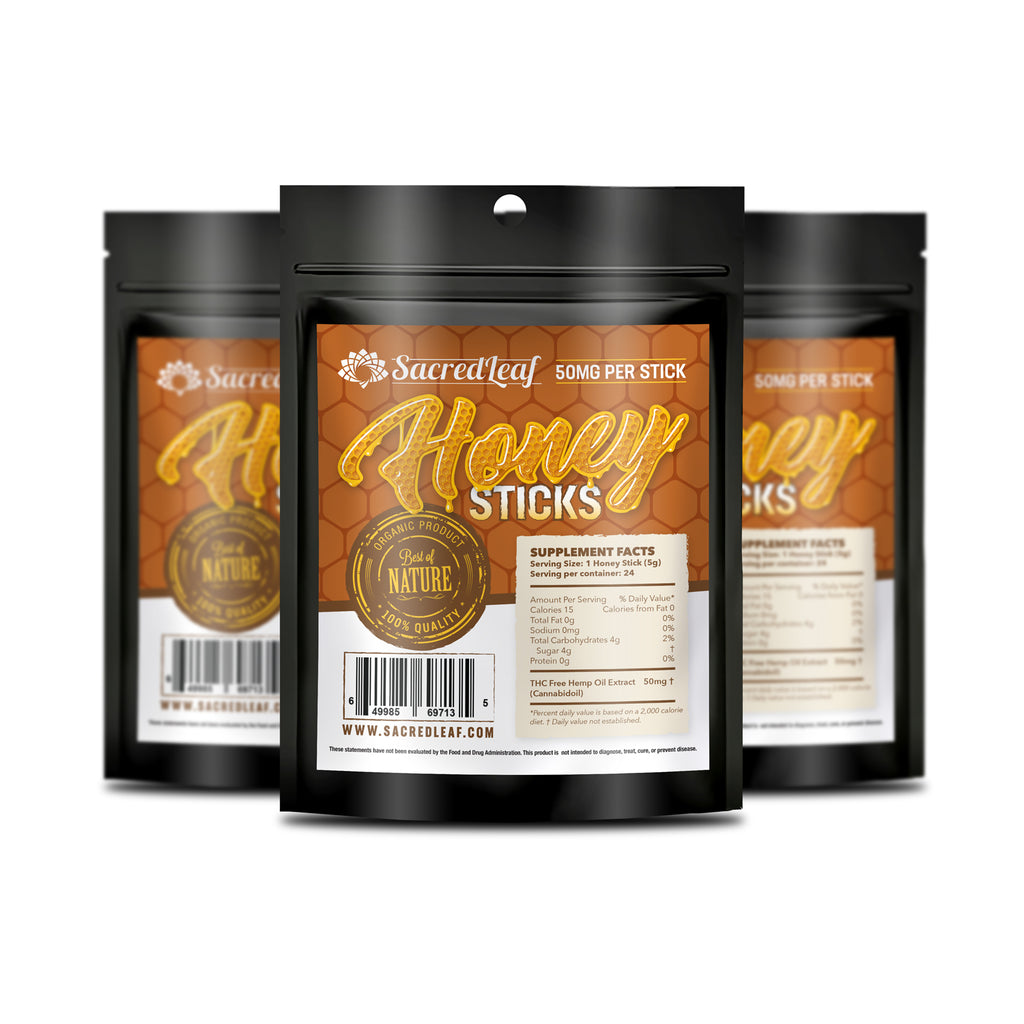
There are ways to reduce inflammation and redness. Use a soothing moisturizer as a simple solution. Look out for products with ceramides or antioxidants. You can also try products that have licorice and feverfew. You can also apply hydrocortisone cream two times daily to reduce the redness. It's recommended to use the cream for two weeks, but longer use will only ratchet up the redness. Prescription barrier repair creams are also available.
Avoid irritants
Avoiding skin irritants is a great way to reduce redness and inflammation. These could range from harsh environmental conditions to ingredients found in your skincare products. A lack of moisture can also worsen the problem. Look for products with antioxidants and extracts to improve your skin's moisture barrier.
Some people can react to strong irritants within a short time, while others may develop tolerance over the course of time. A condition where the skin's immune system is activated by an allergen, allergic contactdermatitis, can affect some people more than others. It affects the skin closest to the allergen. Although it can occur in certain cases, the symptoms are mild and not severe.
Avoid harsh soaps
Although washing your face might seem like an unnecessary chore, it can actually cause skin damage. Traditional soaps can contain irritating chemicals that can cause skin irritations such as allergies, inflammatory acne, and contact dermatitis. These products can also upset the skin's delicate pH balance.

It is possible to avoid skin conditions like these by switching to soaps containing moisturizing agents. Many soaps with moisturizing ingredients contain ceramides, hyaluronic and other skin-friendly ingredients. Look out for soaps made with natural ingredients such as avocado oil, coconut oil and jojoba oils. Skin inflammation is a common cause of several health problems, including cancer, type 2 diabetes, heart disease, and other serious diseases.
Avoiding fragrances
Avoiding fragrances is an easy way to reduce the redness and inflammation of your skin. Many fragrances have ingredients that cause allergic reactions. These reactions can vary from immediate contact reactions to contact allergic urticaria, to pigmented contact skin dermatitis. You can also get contact dermatitis from airborne fragrances.
Research has shown that certain fragrances can cause cancer in humans, even in the womb. These substances can interfere with the development and function of the brain of the fetus, so even a brief exposure can have long-lasting effects. The effects of fragrances have been linked to a range of health problems and are a leading cause of allergic reactions.
Oatmeal can be used as a moisturizer
Oatmeal can be used topically to moisturize the skin and it has soothing properties. Oatmeal can be used topically to reduce redness and inflammation. It can also be used to prevent sunburn. It can either be made into a paste at-home or purchased in health food markets.
You can also buy colloidal oatmeal, which is made from oats. This moisturizer is a great choice for people with sensitive skin. This moisturizer can replace the skin barrier and is ideal for sensitive skin conditions such as eczema or dry skin.

Using laser treatments
Laser treatments can be used as a way to reduce inflammation and pain. Laser treatments use wavelengths of light that target blood vessels and destroy them relatively painlessly. The lasers also create heat and seal blood vessel walls to prevent future blood vessel growth. For the best results, it is recommended that patients receive multiple treatments every four weeks.
Different lasers can produce different results for treating skin inflammation. PDL lasers emit light energy that targets hemoglobin in red cells. It converts this energy into heat to eventually dissolve the blood vessels. This laser treatment can also reduce skin elasticity. The wavelength of the PDL laser may reduce background erythema from cheeks by as much as 39-58%, depending on how it is used. A CO2 laser is another option to treat redness.
FAQ
Which states use the most CBD?
California, Colorado, Oregon are the three most populous states. These states have large populations and high incomes with low unemployment. They also have higher concentrations of hemp farms than other states.
California leads the pack because its economy heavily depends on agriculture. It produces most of the nation's vegetables and fruits. Because cannabis comes from the same plant that hemp, this makes sense.
Colorado and Oregon follow close behind because they both produce marijuana for medical purposes. These two states, however, do not permit the recreational use of marijuana, as California does.
Other states that are highly ranked include Washington, New York. Florida. Illinois. Pennsylvania. Mississippi.
Which CBD products are most popular?
CBD products are everywhere these days. They can be used for anything, including pain relief or anxiety. The market is huge and growing fast.
What are people buying CBD for? And what does it mean for you, as a brand owner?
Statista states that CBD products are bought for their relaxing effects. They are also used for their anti-inflammatory properties.
This means that you can sell your product for both medicinal and recreational purposes if it has CBD and THC.
But what about brands which are focused on just one purpose? A company selling CBD for stress relief is an example of a brand that will not be challenged.
A brand that focuses on CBD for medicinal purposes will also have a large customer base.
However, if a brand wants to target recreational users, then they need to create a unique selling proposition (USP). A USP is basically a feature or benefit that sets a brand apart from competitors.
For instance, some brands offer free shipping and others offer discounts on bulk orders.
How can CBD products successfully be marketed by companies in compliance with regulations?
The FDA does NOT regulate hemp as an agriculture commodity. The Controlled Substances Act regulates all cannabis derivatives, including marijuana. To date, there are no specific regulations for CBD.
CBD is legal in 29 states. Federal law, however, still considers it illegal. Businesses that want to sell CBD products face uncertainty.
The FDA has specific guidelines on how CBD products must be marketed. For example, they must clearly disclose any product's THC content. Without supporting scientific evidence, CBD cannot be claimed to treat certain medical conditions.
Additionally, the FDA requires manufacturers submit information about manufacturing practices and quality control. They require companies to carry out clinical trials to prove safety or efficacy.
These factors are crucial for companies to consider when developing their marketing strategies.
Statistics
- OralWhere HED is the human equivalent dose, and Km is a correction factor estimated by dividing the average body mass (BM) of the species (60, 0.020, and 0.150 kg for 11 humans, mice, and rats, respectively) and by its surface area (see: Nair et al. (ncbi.nlm.nih.gov)
- While the primary injury may not be treatable, interventions that attenuate secondary sequelae are likely to be of benefit [203].Only one study (ncbi.nlm.nih.gov)
- The inhibition of FAAH is predicted to lead to an increase in brain and plasma concentrations of AEA, which acts as a partial agonist at CB1R and CB2R, thereby increasing endocannabinoid tone [92, 110]. (ncbi.nlm.nih.gov)
- The use of these products is likely to become even more widespread if the World Health Organization's recommendation that CBD no longer is scheduled in the international drug control conventions is adopted by the United Nations member states [201]. (ncbi.nlm.nih.gov)
- A recent study [161] also found that in vitro CBD treatment (i.e., ≤ 2 h exposure to 10 μM) induced ~40% vasorelaxation in isolated (pre-constricted) (ncbi.nlm.nih.gov)
External Links
How To
What are the issues that the CBD industry faces?
The market for CBD products is expanding at an astounding rate. But, businesses who want to enter this market still face numerous challenges. These include lack of consumer awareness and high costs of entry, limited capital access, and regulatory uncertainty.
Many consumers do not know what CBD is or how it works. This makes it difficult for consumers to make informed decisions on whether or not they want CBD products.
Many CBD companies depend heavily on word of mouth marketing. This is expensive as they must pay advertising costs and to hire staff to market their brand.
Another issue for new entrants is the high cost production. It is very expensive to obtain the raw materials required for CBD products. CBD oil is made from hemp that has been grown in particular climates.
Growing enough hemp to make CBD oil takes around $1,000 per acre. This means that many small farmers cannot afford the cost of starting.
The lack of capital access is another obstacle new entrants to the CBD market face. Many people who want to start a business are discouraged by banks due to the stigma associated with the industry.
Final, there are regulatory uncertainties surrounding the sale CBD products. There are currently no clear guidelines regarding how CBD products should be marketed.
Although some states have passed legislation restricting CBD product sales, this has not become a national policy.
So far, only two states - Maine and Nevada - have legalized recreational marijuana.
Massachusetts and Michigan, however, are exploring similar options.
These changes could increase competition among CBD manufacturers.
Many entrepreneurs prefer to work at home over starting a business.